Technique for deep peeling of the face
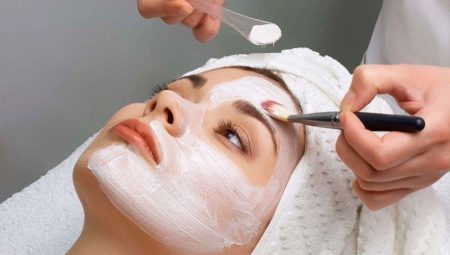
Deep peeling is a chemical procedure that helps to restore youthfulness and healthy complexion to the face. It cannot be called painless, and adverse reactions are not excluded, but the results meet expectations. If the manipulation and subsequent rehabilitation were done according to all the rules, then in the end the face will look 10 years younger. A worthy result, for the sake of which the fair sex are ready to endure unpleasant sensations.
This type of peeling destroys the epidermis, papillary and reticular layers of the skin. Under its influence, the old frame of elastin and collagen fibers is almost completely eliminated, leaving only small areas of tissue from which new skin grows, without wrinkles and other irregularities. For all the attractiveness of chemical peeling, not every woman dares to do it - some are afraid of the painful sensations with which it is associated, others are afraid of the consequences. In turn, beauty experts assure that if an experienced cosmetologist gets down to business and you turn to a good salon, then all fears are in vain. Let's consider the features of this method of rejuvenation in detail.
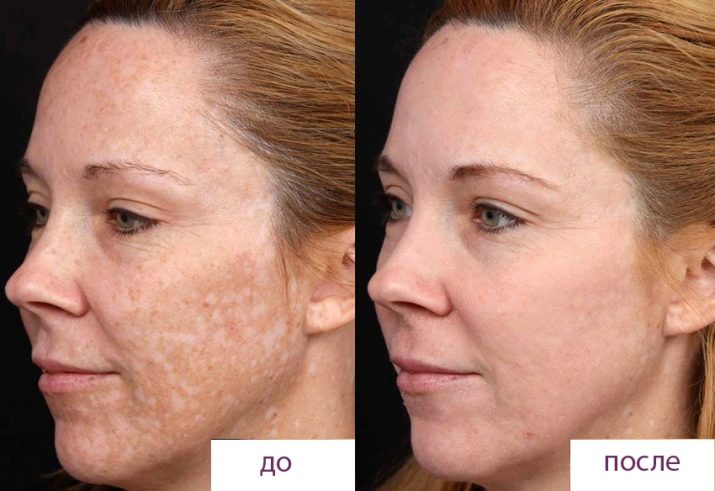
What it is?
Deep peeling removes a layer of skin up to 0.6 mm thick, which is enough to eliminate wrinkles, acne scars and other scars that spoil the appearance. The main active ingredient in such peels is phenol, which has been the basis of such formulations for decades. During this time, the recipes for peels have changed, but the main component in them is always the same. Also, the mixture usually contains oils that slow down the absorption of phenol toxins into the blood, glycerin, propylene glycol and water.Of course, during this procedure, your skin will not experience mechanical stress, but the effect of phenol-based drugs is also very noticeable, therefore, when using it, anesthesia is needed.
Usually, the procedure is followed by the start of skin regeneration, the synthesis of elastin and collagen molecules is activated. How long these anti-aging processes will last depends on the depth of the peeling. The first visible results from the procedure can be seen in about a week. Women note that the complexion has evened out, the skin tightened and stopped shining. Not so obvious, but also important result - an improvement in the protective properties of cells, which allows you to maintain the progress achieved. According to cosmetologists, the effect of deep peeling, which lasts about 3 hours, lasts from 3 to 10 years.
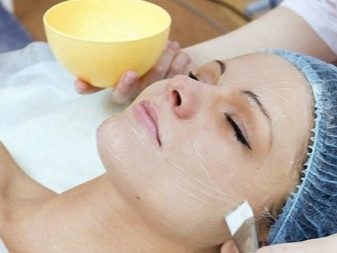
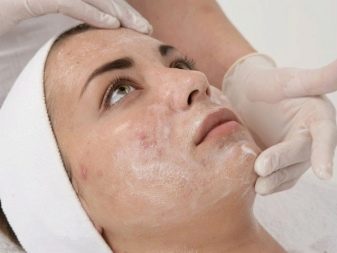
rules
After the manipulation, the skin first turns red and then turns pale. This is exactly what the reaction to phenolic acid should be. At the end of the procedure, you should not be in the sun, your face must be carefully protected from ultraviolet radiation.
Professional deep peeling cannot be done at home. The reason is that it should be carried out by an experienced and qualified specialist who knows the dosage of the substance for certain zones. In the event of a mistake, the tissue may be burned too deeply, as a result of which the skin will be burned to too great a depth. Then, instead of the renewed skin, cicatricial connective tissue will grow, and there will be no need to talk about any positive effect of the procedure.
Remember phenol is toxic. The wider the area of its application, the more harmful substances can enter the body. This is another argument in favor of having the procedure done by a specialist who will determine the coverage areas.
Do not get too high hopes on peeling if you are over 50 years old. It will not replace facial plastic.
If we are talking about deep age-related changes, such as drooping eyelids and flabby cheeks, then only surgery will really help to change the picture.
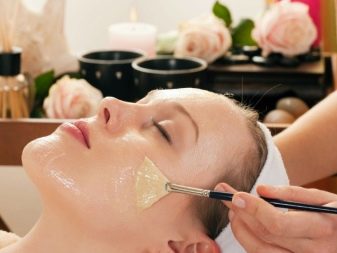
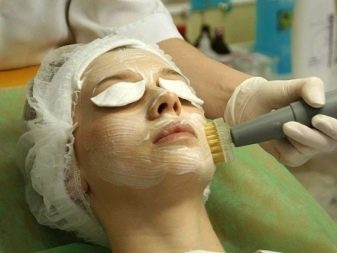
Indications
At different ages, women have different skin problems.
Here is a list of indications for the procedure, depending on how old the patient is:
- from 25 years - from acne scars and freckles;
- from 35 years old - to eliminate noticeable age-related changes - folds in the area of the nasolabial triangle, the bridge of the nose, the zone of the outer corners of the eyes, changes in skin elasticity and loss of elasticity;
- from 45 years old - in the presence of deep wrinkles all over the face, age-related pigmentation.
Still, it is most important to carry out deep peeling with phenol in the older age group, since more gentle methods can be used for post-acne. This is a glycolic peel or "roll-off", which is done using calcium chloride. To combat the first, barely visible wrinkles, a TCA peel or a product using fruit acids can be used.
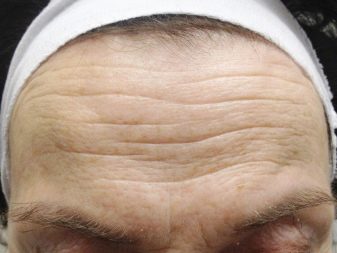
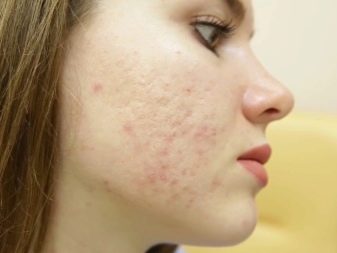
Contraindications
It is not recommended to apply peeling if you have the following problems:
- Heart disease. Getting into the blood, phenol creates toxic compounds that affect the rhythm of the work of this organ. If you have been diagnosed with arrhythmia and other malfunctions in the cardiovascular system, or you have a pacemaker installed, you should not resort to this procedure.
- Dysfunction of the liver and kidneys. Since phenol metabolic products need to be excreted from the body, these organs must be healthy. Toxins hit the kidneys in a special blow.
- In case of malignant neoplasms, peeling is also not recommended due to its toxic effect.
- During pregnancy, phenol can harm an unborn baby.
- Skin health problems, its susceptibility to eczema, psoriasis and other ailments increase the rate at which toxins are absorbed into the bloodstream. In addition, the skin conditions themselves can worsen and render the exfoliation useless.
- Acne and acne are also obstacles to deep exfoliation. Pathogenic bacteria on the skin can spread throughout the subcutaneous fat, and this will only worsen the appearance of the face.
- If you are taking strong medications, then this procedure is also called into question. Medicines are excreted through the liver and kidneys, and when overloaded, these organs may not cope with the functions assigned to them and fail.

Preparation
It is impossible to prepare the skin itself for a third-degree burn, so you will not have to buy special means for preliminary care. To exclude the presence of contraindications to deep peeling, you should first visit a doctor. The only way you can help the skin before an aggressive procedure is to get more nutrients and eliminate harmful effects on the body a few days or weeks before the procedure.
The skin “loves” ampoule concentrates of vitamins, masks with seaweed and various types of clay. You can also pamper it with special serums that gently nourish the dermis and do not contain aggressive substances.
It is recommended to start taking antiviral drugs a week before the "X-hour" in order to avoid the appearance of infection in the body.
You should not walk under the active sun and even more so sunbathe.
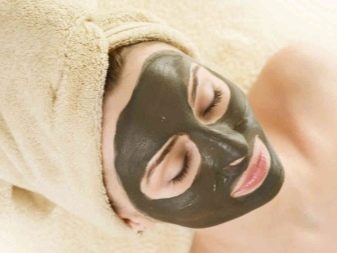

How to do it?
The professional deep peeling procedure includes several stages:
- Cleansing the surface of the face from dirt and sebum. The skin is washed using soap and a coarse sponge to degrease it as thoroughly as possible. Then it is thoroughly wiped, dried and rubbed with alcohol.
- Local or general anesthesia.
- Distribution of the phenol composition over the skin. This should happen evenly, gradually, at intervals of up to 15 minutes.
- After the most important component, silicone is placed on the face. It forms a kind of mask on the skin.
- After it, the face is covered with another substance - zheloleo.
- The resulting multi-layer mask should remain on the skin for 1 to 3 days. The duration of wearing it depends on the desired effect and is determined by the beautician.
- When the allotted time has passed, it is removed, and the skin is treated with a cream for wounds and injuries.
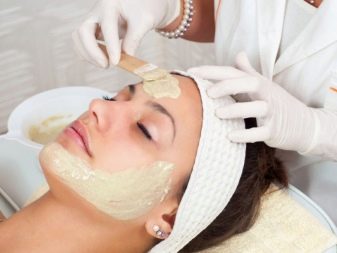
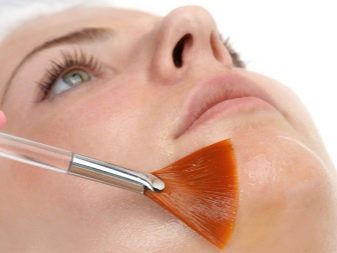
Follow-up care
After peeling, the skin will remain sore for several days. Pain relievers should be used to reduce discomfort and burning sensation. For three days, not even a drop of water should get on your face, so you cannot wash your face or even brush your teeth or drink from a mug - it is recommended to use a straw instead.
When the long-awaited moment of removing the mask comes, be prepared for the fact that it will not be so easy to do it. Stock up on a spatula or a special plastic stick in advance. There will be one large wound under the layer of dead skin, do not be afraid of this. Soon, fibrin will begin to stand out on the surface of the face, which will create a semblance of a film. This will lead to temporary problems with facial expressions.
Within a week or ten days, the film will peel off, and new skin will appear from under it. In this case, at least another couple of months, its shade will be red. The formation of a new skin will finally end only after six months. For the first two weeks, the only cosmetic means for the face will be anti-inflammatory creams, and from the third week, if there are no contraindications, you can start powdering.
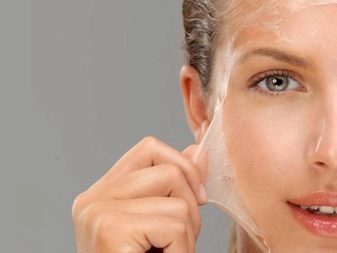
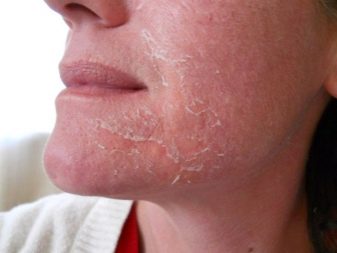
Judging by the reviews, deep peeling has proven itself well as a remedy for wrinkles. Many women resort to this manipulation when the skin loses its elasticity, and age-related changes become obvious. Wrinkles are the main indication for such manipulation.
As for the fight against post-acne, there are conflicting reviews on this score. Scars after inflammation are difficult to remove by any means, and not every person suffering from this problem manages to find a good specialist and get impressive results.In any case, no matter what type of peeling the patient chooses, it has to be done in several sessions.
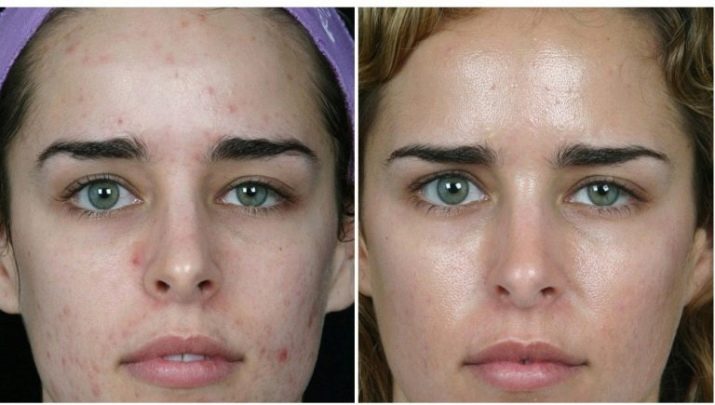
Possible complications
A longer exposure of the composition to the skin allows for a deeper renewal, but at the same time it threatens with more serious adverse reactions. The specialist who peels you should consider your skin type and other characteristics in order to decide how long you want to wear the peel.
Common complications after this procedure include:
- allergy;
- burn;
- arrhythmia and the development of heart failure;
- malfunctioning of the kidneys and liver;
- the risk of developing malignant formations on the skin;
- purulent inflammation;
- contrast between areas of renewed and old skin;
- scarring;
- pigmentation;
- hyperkeratosis;
- transillumination of blood vessels.
The thickness of the skin and its ability to pass toxins are different for all women, therefore, it is not always possible for a specialist to select the desired concentration of phenol that will not harm the patient.
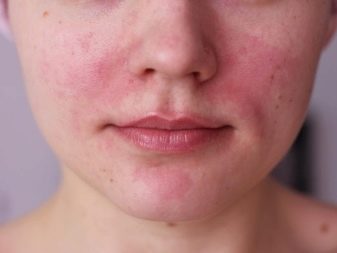

At home
If you really want to get a young face, but you cannot contact a beautician at the moment, there are options for deep peeling for home.
However, in this case, you need to take into account a number of points:
- It is necessary to conduct a peeling tolerance test. To do this, apply a little of the composition to the skin behind the ear and wash it off after two to three minutes. See how the skin behaves in this place during the day.
- If you buy a ready-made composition, then look at the concentration. It should be lower than in peels for salons, and be less than 50%, and for the first time, 30% will be enough.
- In the event of pronounced pain sensations, the product must be washed off immediately. Prepared by yourself - with water, and bought in a professional store - with a neutralizer.
- As with salon peeling, you will have to refrain from sunbathing for a long time after the procedure. In the summer, these manipulations are generally not worth doing. If, nevertheless, her time was in the summer, then stay outdoors as little as possible and always use sunscreen.
Many manufacturers offer series for home peels. These are brands such as Dermagenetic, Cosmedix, BeautyMed and others.
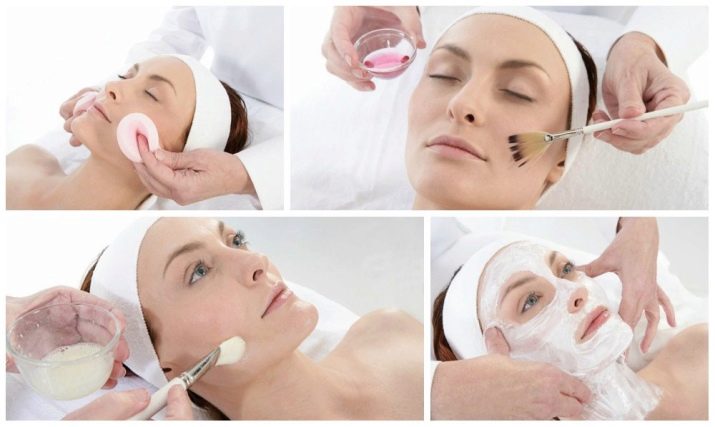
Here are some homemade peel recipes:
- Salt and soda. Take both ingredients equally and combine with the cream. Apply to skin for 20 minutes.
- Bodyaga. Mix a couple of tablespoons of bodyagi and 3% hydrogen peroxide. The paste is applied to the face and kept for 20 minutes.
- Calcium chloride. 5% of the composition is distributed over the skin several times (four is enough for a start), applying a new layer after the previous one has dried. Over time, you can take twice as strong a solution and apply more layers. At the end of the procedure, a dried thin mask will appear on the skin, which must be rolled up with your hands. Wash yourself with water after completing the procedure.
Deep facial peeling is a serious procedure that requires a professional approach. You will have to prepare yourself for the discomfort in the process of carrying out it and for subsequent rehabilitation. You should not carry out such a procedure when an important event or a busy period at work is planned ahead, since for several weeks or even months the skin will actively recover and your task during this period is to provide it with sufficient care. Going to a salon or a beauty clinic, read the reviews and trust your face only to highly qualified specialists.
You will learn more about how to carry out deep facial peeling in the following video.








